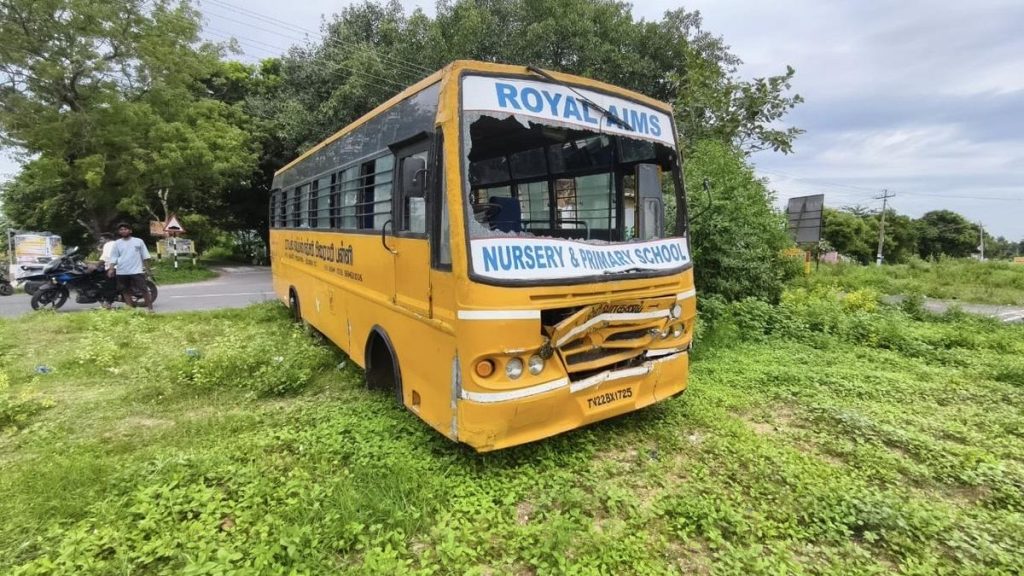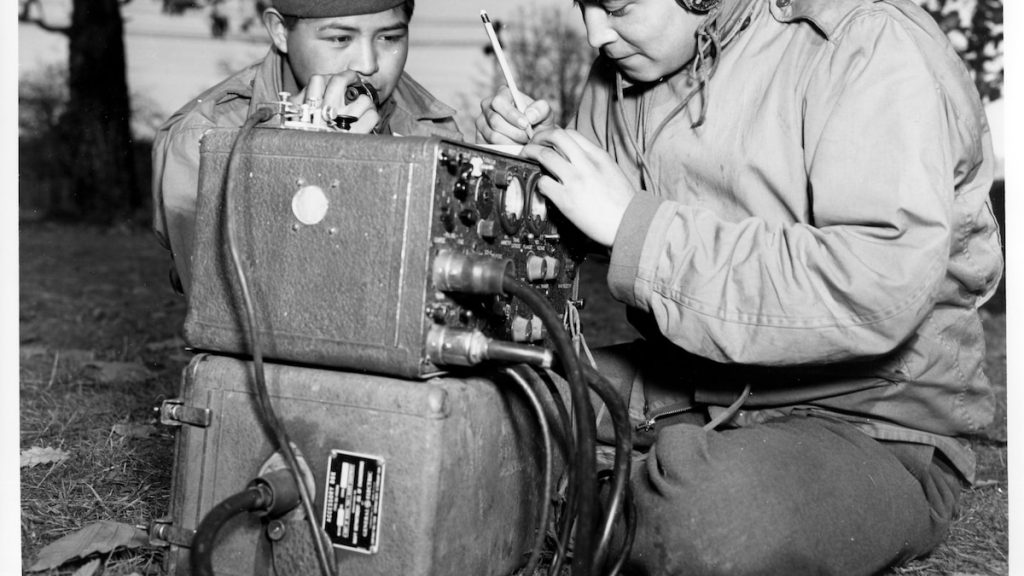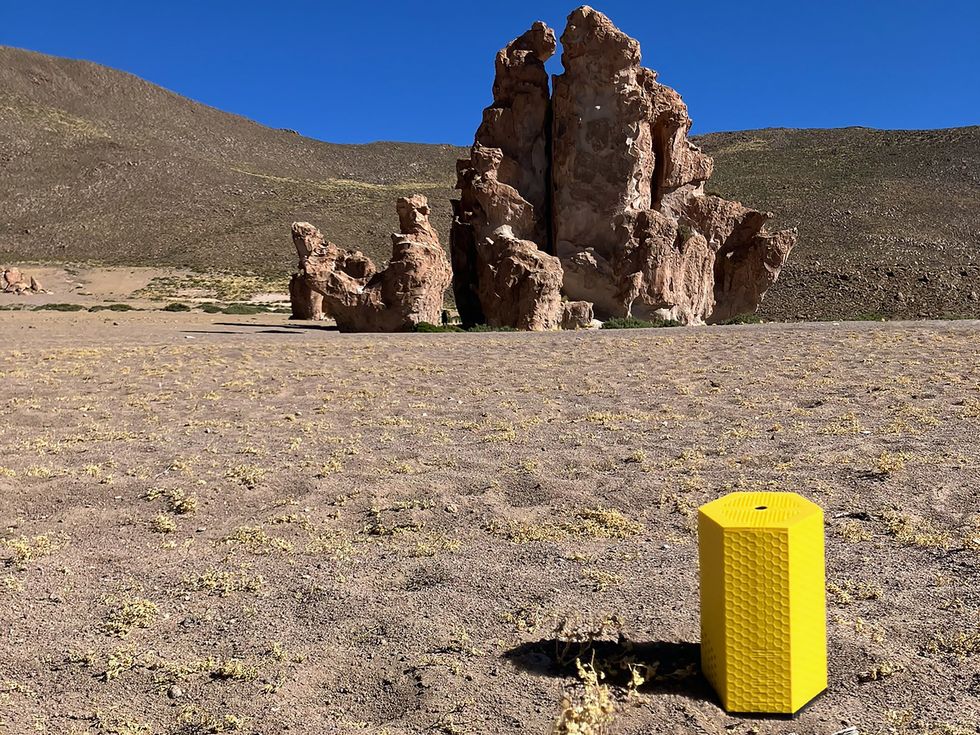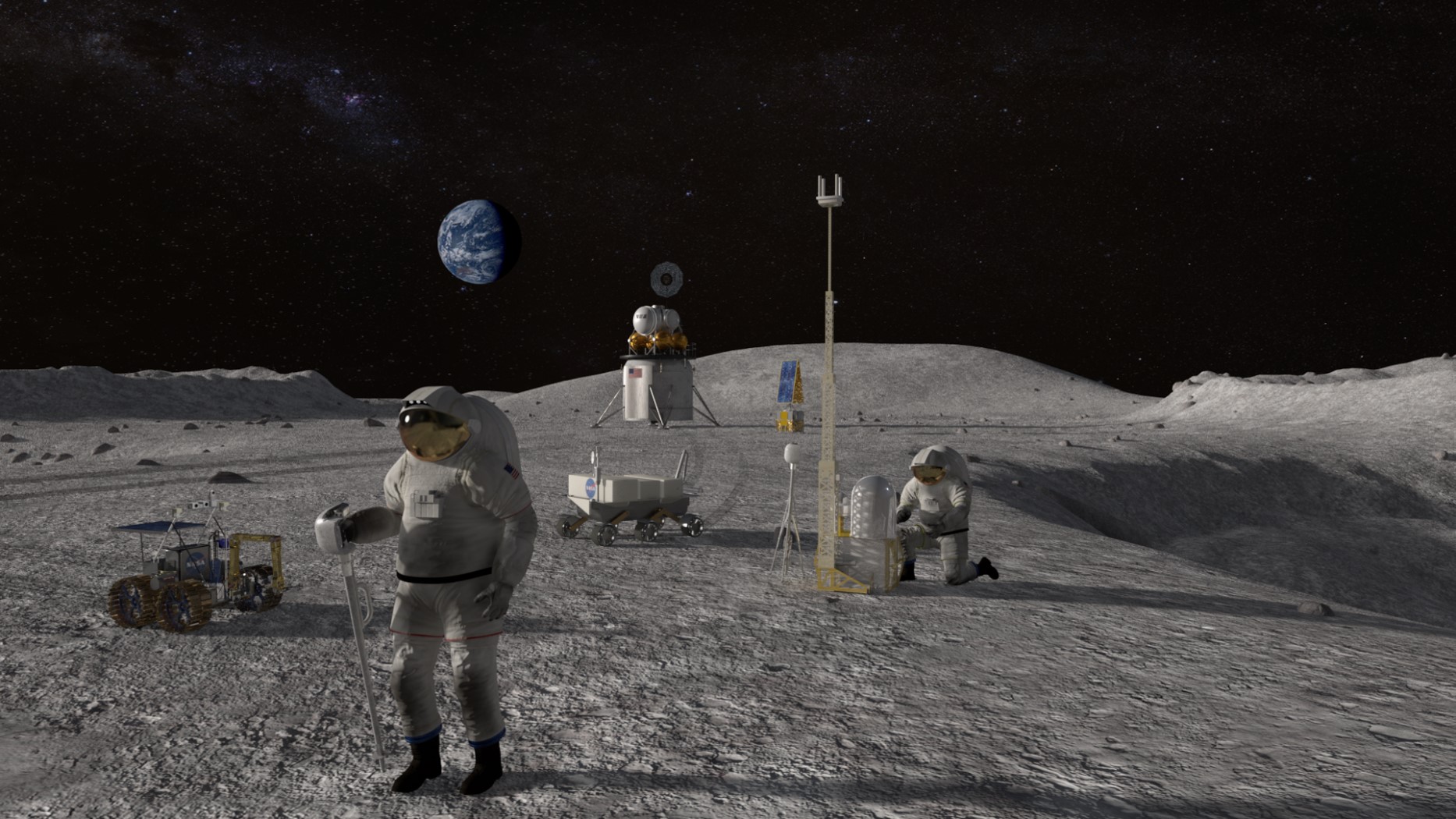Now Reading: BYD, China Tech Giants, and Lidar: A Closer Look at Technology and Costs
-
01
BYD, China Tech Giants, and Lidar: A Closer Look at Technology and Costs
BYD, China Tech Giants, and Lidar: A Closer Look at Technology and Costs
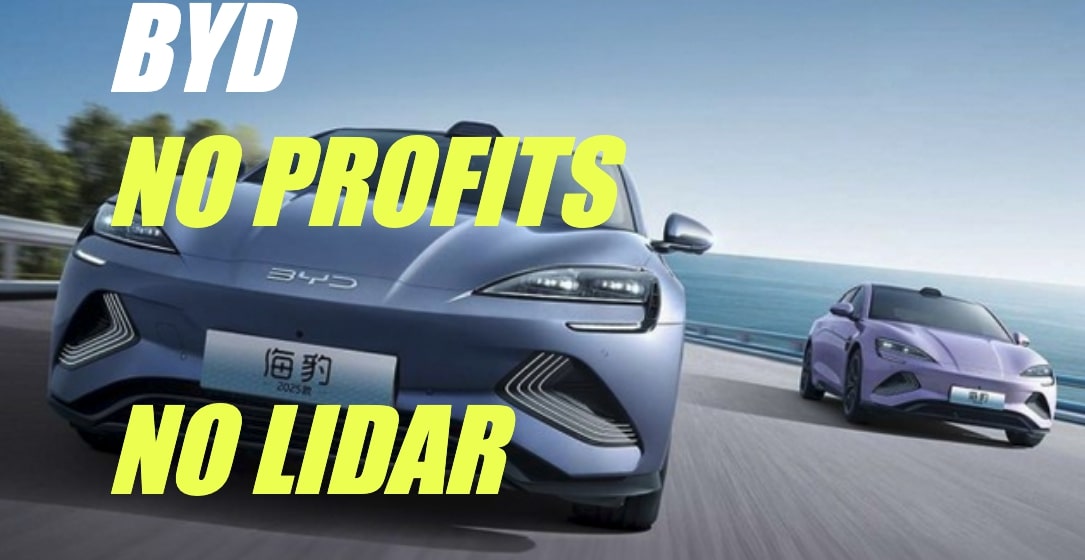
Speedy Summary
- Tesla’s Plans:
– Launching a $25K affordable Electric Vehicle (EV) and unsupervised robotaxis starting this quarter.
– targeting a fleet of over 5,000 robotaxis by 2025 and scaling to one million by 2026.
- Competitor Analysis:
– Mention of BYD operating with low margins (4%), attributed to non-GAAP accounting adjustments.
– Legacy automakers and China-based companies like Xiaomi may struggle to compete due to technical and financial hurdles.
- Lidar Technology Insights:
– Only 1% of production lidar is suitable for fully autonomous robotaxi applications.
– Robotaxi-grade lidar differs significantly from ADAS-grade lidar in resolution, range, field-of-view, reliability, cost, and design purpose.
– Scalability challenges exist for both production (~3-5 years for notable increases) and retrofitting vehicles (~3-5 years for scaling from thousands to tens of thousands).
- Scaling Challenges:
– Surge in demand likely requires major investments in manufacturing capacity, supply chain coordination, workforce expansion, automation tools/processes.
– Realistic timelines estimate ~1-2 years for a smaller surge (10X increase) but ~3-5 years for larger setups (100X increase).
Indian Opinion Analysis
Tesla’s focus on affordability through the $25K EV could strengthen its competitive position globally while raising concerns about China’s EV industry sustainability given tariff pressures and thin profit margins already reported by automakers like BYD. For India-where EV adoption is growing-the push towards cheaper autonomous vehicle solutions could provide opportunities but also challenges if domestic players lag behind Tesla’s technological advancements.
The limited availability of high-grade lidar poses risks to rapid deployment at scale globally-including India-where automotive markets rely heavily on scalability.Moreover, supply chain bottlenecks suggest Indian manufacturers woudl need long-term planning or partnerships to meet future demands efficiently. Tesla’s bold timeline underscores its ambition but also reveals the need for ample investment across industries involved with robotics autonomy-a concept still nascent in many Indian urban mobility strategies.



